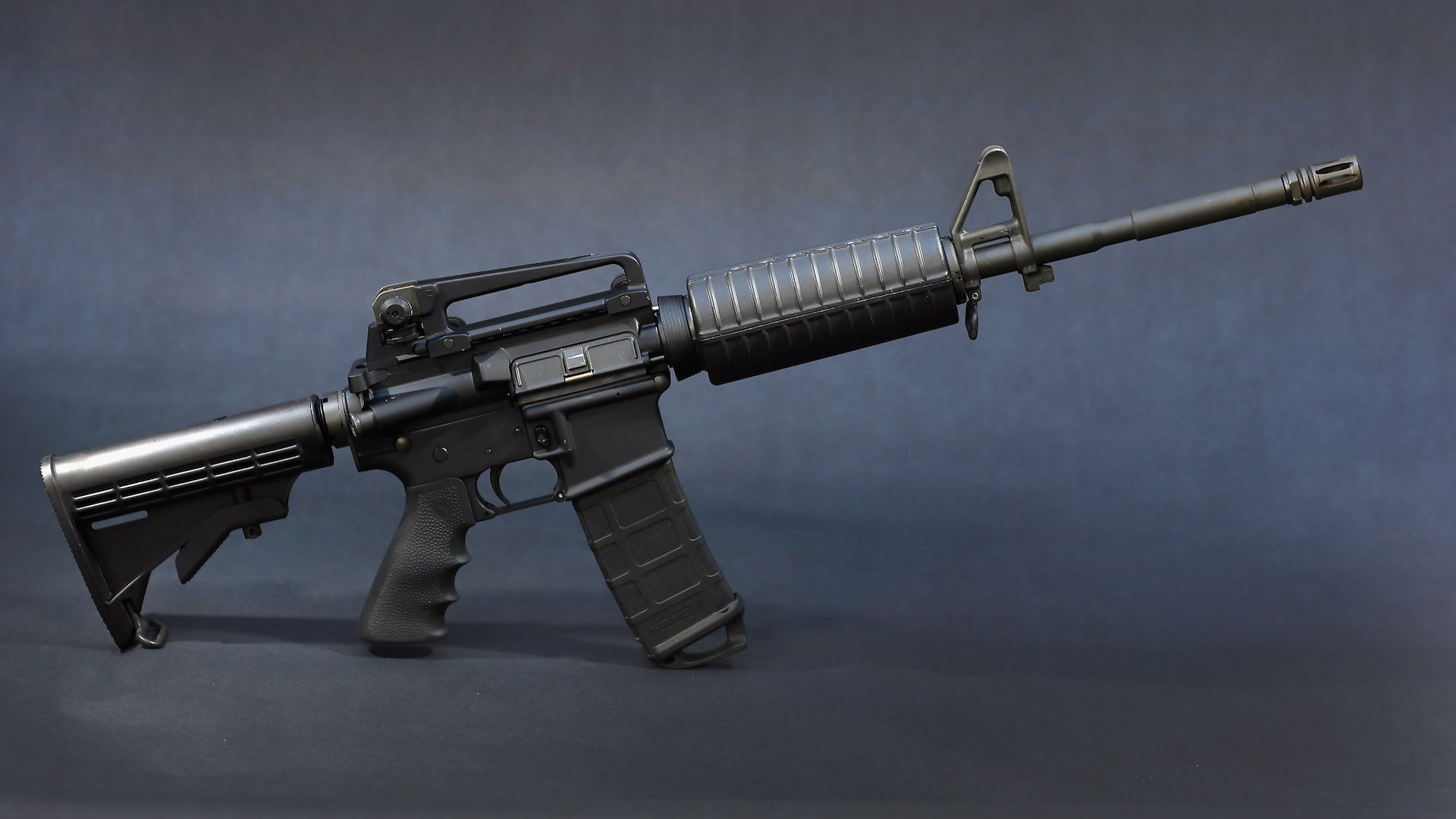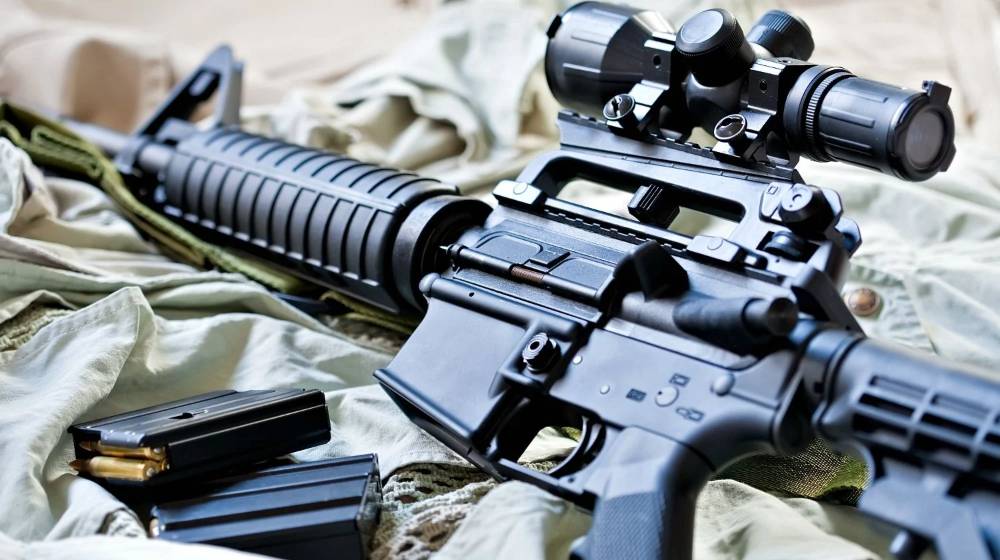
The AR-15 rifle is one of the most popular and versatile firearms in the world. It is used by hunters, target shooters, law enforcement, and military personnel. This rifle’s design has evolved over the years, but the basic components remain the same. In this article, we will explore the anatomy of the AR-15 rifle and what serious shooters need to know about it.
Table of Contents
Upper Receiver
The upper receiver is the top portion of the AR-15 rifle that houses the bolt carrier group, charging handle, and barrel. It is made of aluminum and is attached to the lower receiver using two pins. The upper receiver has a Picatinny rail on top that allows for the attachment of various optics, sights, and accessories.
Barrel
The barrel is the long, cylindrical portion of the rifle that extends from the upper receiver. It is made of steel and can range in length from 16 to 20 inches. The barrel is responsible for directing the bullet out of the rifle and towards the target. It also has rifling, which refers to the grooves inside the barrel that cause the bullet to spin, improving its accuracy.
Gas System
The gas system is responsible for cycling the rifle’s action and loading the next round. The gas system consists of a gas block, gas tube, and gas key. When the bullet is fired, it creates gas that travels through the gas block and gas tube, pushing the bolt carrier group back and allowing the spent casing to eject. As the bolt carrier group moves back, it compresses a spring and then moves forward, loading the next round.

Bolt Carrier Group
The bolt carrier group is the heart of the AR-15 rifle. It consists of a bolt, bolt carrier, firing pin, and cam pin. The bolt carrier group is responsible for feeding, firing, extracting, and ejecting rounds. When the rifle is fired, the bolt carrier group moves back and then forward, loading the next round.
Lower Receiver
The lower receiver is the bottom portion of the AR-15 rifle that houses the trigger, magazine well, and pistol grip. It is made of aluminum and is attached to the upper receiver using two pins. The lower receiver also has a buffer tube that contains a spring and buffer, which absorb the recoil when the rifle is fired.
Trigger
The trigger is the mechanism that allows the shooter to fire the rifle. It consists of a trigger, hammer, and disconnector. When the shooter pulls the trigger, the hammer is released and strikes the firing pin, igniting the primer and firing the round.
Magazine
The magazine is a removable device that holds and feeds rounds into the rifle. AR-15 rifles typically use detachable box magazines that hold 10 to 30 rounds. The magazine is inserted into the magazine well located on the lower receiver.
Conclusion
The AR-15 rifle is a complex piece of machinery that requires proper maintenance and care. Serious shooters should be familiar with the rifle’s anatomy and how it functions to ensure safe and effective use. By understanding the components of the AR-15 rifle, shooters can make informed decisions about upgrades, maintenance, and repairs.






